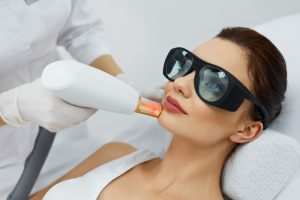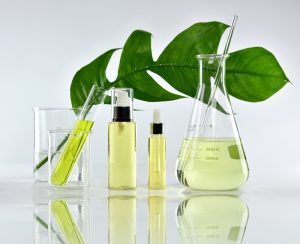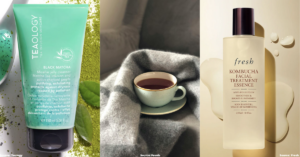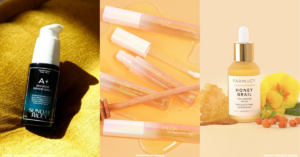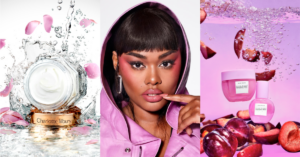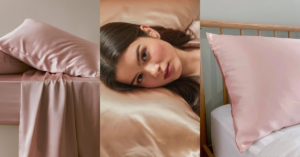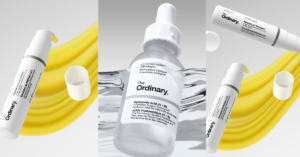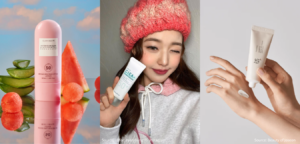Skincare
How to Read a Sunscreen Label (and Choose the Best One)
By now, you know you need sunscreen; the harder question is how to choose the best one. To help you...
By: Dedet Panabi / August 6, 2019
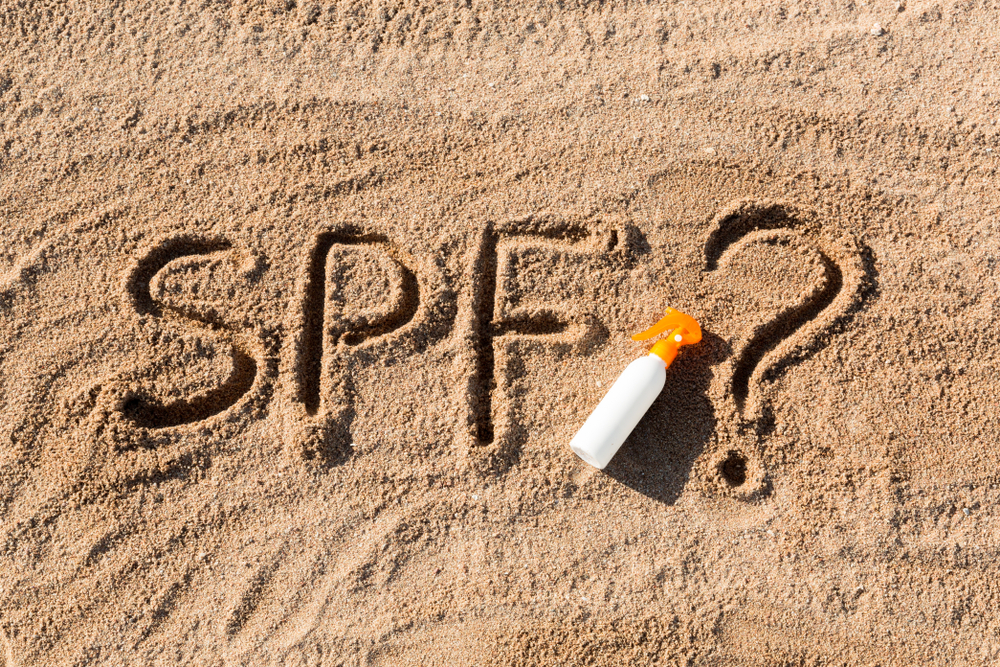
By now, you know you need sunscreen; the harder question is how to choose the best one. To help you narrow down your options — and find the best sunscreen for your needs and budget — here’s a really simple guide to reading the sunscreen label. We’ll also give you the latest sunscreen guidelines from the FDA, and break popular sunscreen myths (spoiler alert: there’s no such thing as waterproof).
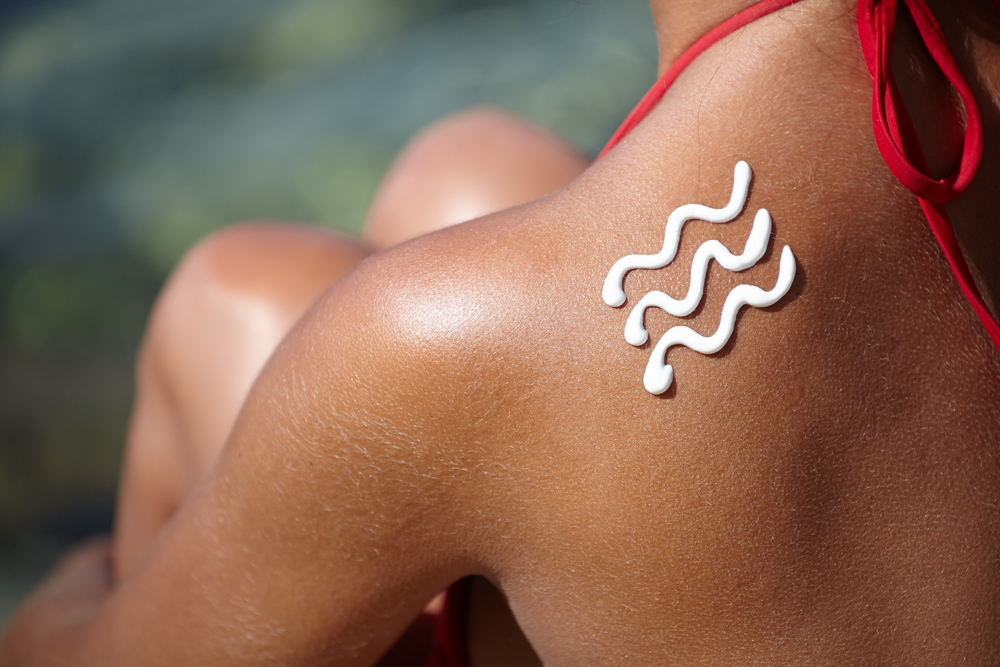
Contents
SPF
SPF stands for “sun protection factor”. It protects you from UVB rays, which causes sunburn and has been strongly linked to skin cancer.
No sunscreen can block 100% of UVB rays. However, the SPF number shows you the degree of protection you get:
- SPF 15 blocks 93%
- SPF 30 blocks 97%
- SPF 50 blocks 98%
- SPF 100 blocks 99%
So see, it’s not true that SPF 100 is twice as strong as SPF 100 — in fact, you get really small additional protection. That’s why dermatologist Dr. Rita Linkne pegs SPF 50 as the “magic number”. She explains: “As SPF levels increase beyond 50, the formulations tend to be thicker and leave a chalkier appearance, and most people will [compensate] by not applying enough sunscreen.”
Important: SPF values only show protection against UVB rays, and not UVA rays that cause wrinkles, pigmentation, and other signs of premature ageing).
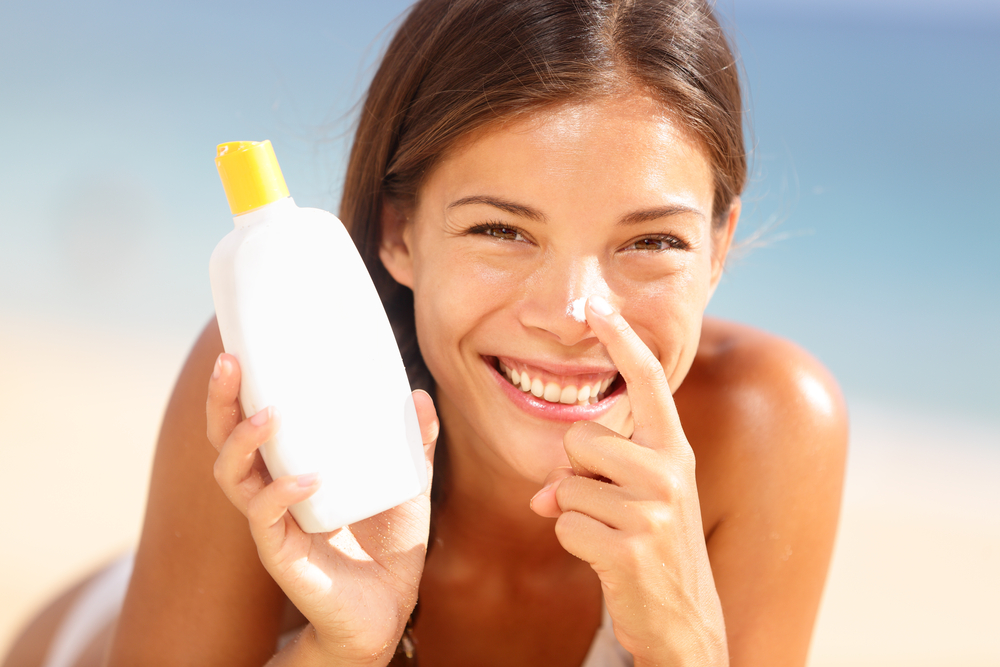
PA++++
You may see the word PA (which means Protection Grade) on a sunscreen label. It measures how much it protects you from UVA rays — specifically, the amount of pigmentation and skin darkening.
PA is a Japanese system that measures Persistent Pigment Darkening (PPD) reaction after 4 hours in the sun. Based on tests, the sunscreens will get a score:
- PA + for medium protection
- PA ++ for moderate protection
- PA +++ for strong protection
- PA ++++ for extremely strong protection
However, PA is a lot harder to measure than SPF, because so many factors can affect skin pigmentation: genetics, hormonal changes, skincare products, skin tone. Some people will just tan more quickly!
Plus, not all sunscreens show the PA score, since it’s not required by the FDA. If that happens, how do you know if your sunscreen protects you from UVA rays? This brings us to the next term, broad spectrum.

Broad spectrum
According to the FDA sun protection guidelines, only sunscreens that provide adequate and tested protection against UVA and UVB rays can use broad spectrum on its sunscreen label.
If a sunscreen is not broad spectrum, it has to carry this warning on the bottle:
“Skin Cancer/Skin Aging Alert: Spending time in the sun increases your risk of skin cancer and early skin aging. This product has been shown only to help prevent sunburn, not skin cancer or early skin aging.”
Listen to the FDA warning! Don’t bother using a sunscreen that isn’t broad spectrum, unless you’re willing to take the risk for cancer and wrinkles.

Chemical vs Mineral vs Natural
Sunscreens can provide protection in different ways.
- Chemical sunscreens use ingredients that trigger chemical reactions that absorb and release UV rays
- Mineral sunscreens use inorganic compounds that scatter or deflect UV rays.
- Natural sunscreens uses ingredients made from plants or other natural sources. Dermatologists say that it doesn’t automatically mean that it’s safer or better; it just explains the source of ingredients.
Some sunscreen formulas combine chemical blockers like avobenzone with physical blockers like zinc or titanium oxide. Check the sunscreen ingredient list to find out.
You may ask, what’s better: chemical or mineral sunscreens? The short answer: it’s complicated.
According to independent consumer protection agency Consumer Reports, while mineral sunscreens are less likely to irritate the skin, but chemical sunscreens are better at deflecting UV rays. However, the skin absorbs chemical ingredients — raising questions about how much of it is “safe”.

Controversial sunscreen ingredient: oxybenzone
There’s been some recent controversy over a common chemical sunscreen ingredients: oxybenzone.
“There’s evidence that oxybenzone is absorbed through the skin more than was once thought, and in some studies, researchers have found detectable levels of it in human blood and breast milk. Based on animal studies, there’s concern that it could interfere with the normal function of a number of hormones, including estrogen,” says Consumer Reports,
However, the studies were based on tests done on rats, and critics say that we’d have to use a huge amount of sunscreen (like half a bottle a day for 30 years) to get the same level of exposure. Plus, all experts say that the health risk of not using sunscreen is much, much higher than any dangers posed by oxybenzone.
The FDA is conducting more research, but you might like to consider that when you’re choosing sun protection. Check the sunscreen label for its ingredients!
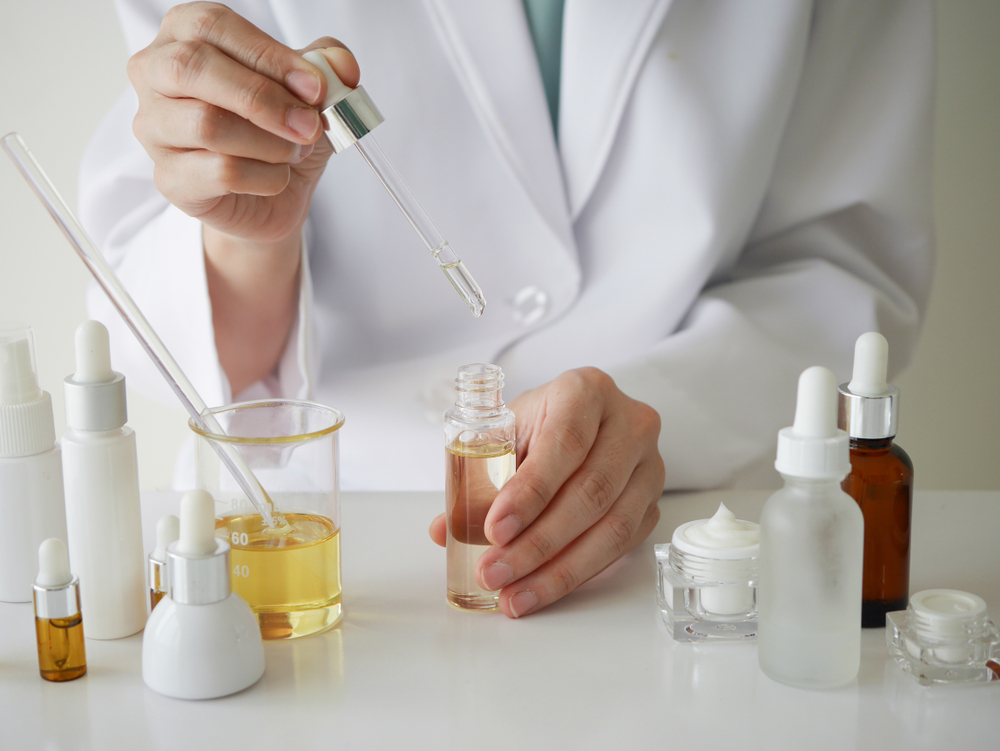
Dermatologist-Tested vs Dermatologist-Recommended vs Clinically Tested
We may use these terms interchangeably, but they actually mean different things.
- Dermatologist-tested. The company has asked some dermatologists to test the products for skin reactions.
- Dermatologist-recommended. The company has asked some dermatologists to personally try the product and see whether they would recommend it to their patients.
- Clinically-tested. The product has been submitted to a laboratory to use on a group of subjects. The results are scientifically and precisely measured and reported.
Clinically-tested is obviously more objective and reliable, but watch out for wordplay: sometimes only the ingredient is clinically-tested and generally accepted by the medical community to be “safe to use”. The best sunscreens submitted their actual product for testing, and will declare their results.
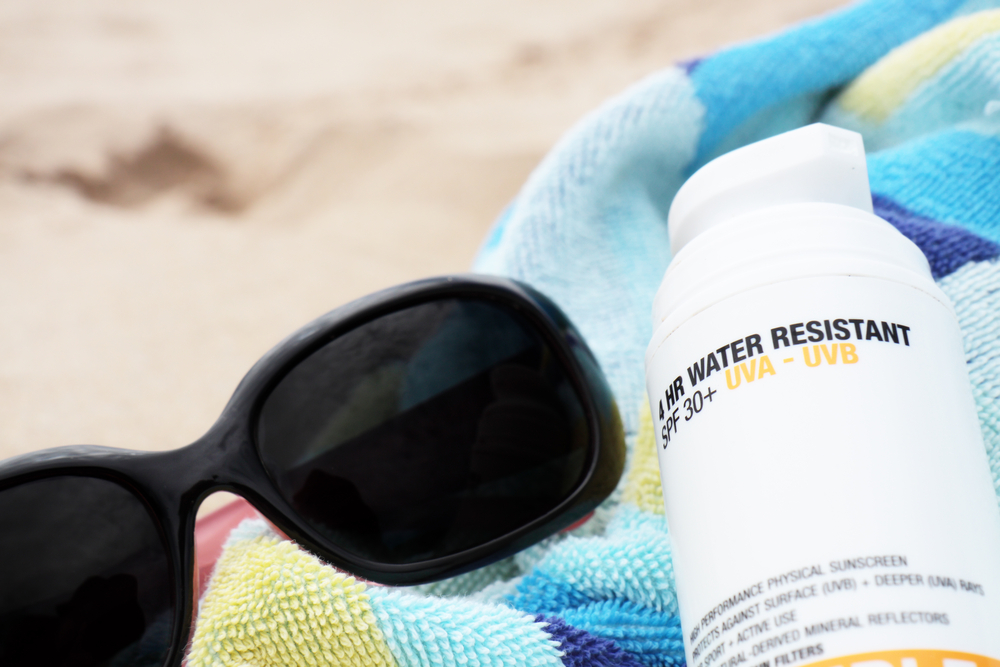
Water-resistant vs Waterproof
The FDA is very, very clear on its stance on waterproof sunscreen. “There’s no such thing as waterproof sunscreen,” it says in bold, big letters on its website.
There are, however, water-resistant and sweat-resistant sunscreens — but with limits. “Sunscreens labeled “water resistant” are required to be tested according to the required SPF test procedure. The sunscreen label is required to state whether it remains effective for 40 minutes or 80 minutes when swimming or sweating,” continues the FDA.
However, the FDA can only monitor US sunscreens, and not European or Asian sunscreens. So what that means, as consumers, is that you just have to remember to reapply sunscreen often, even if it’s supposedly water or sweat resistant.




